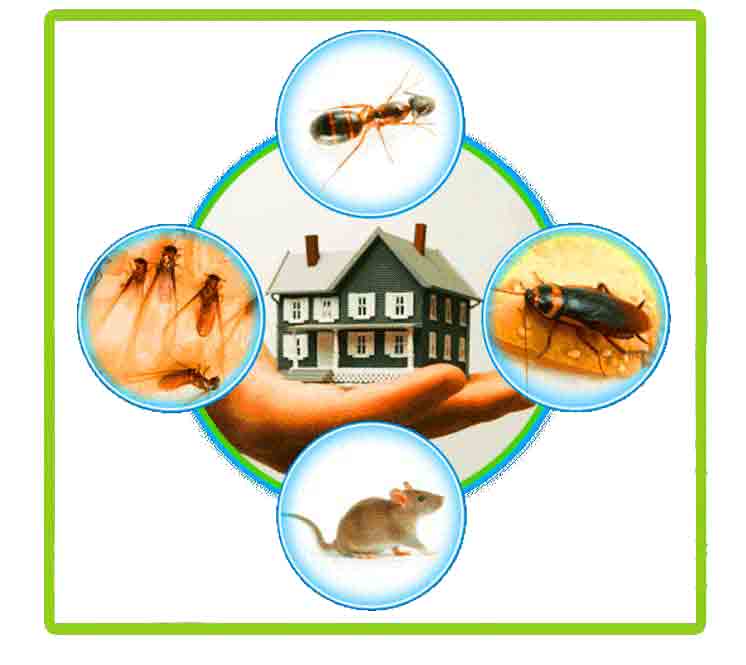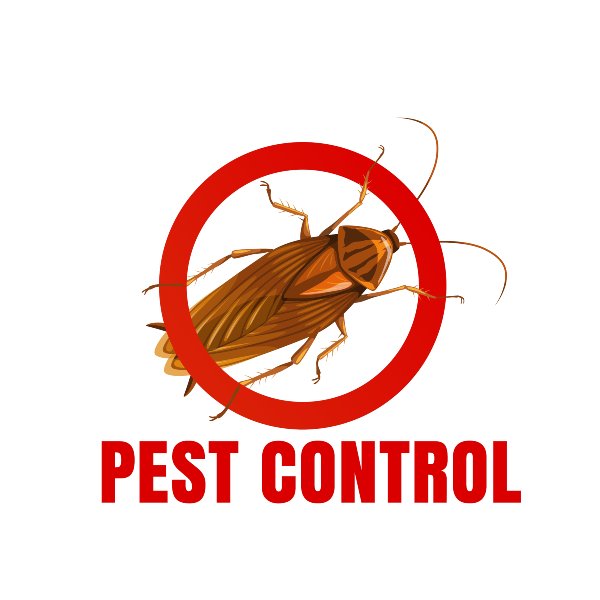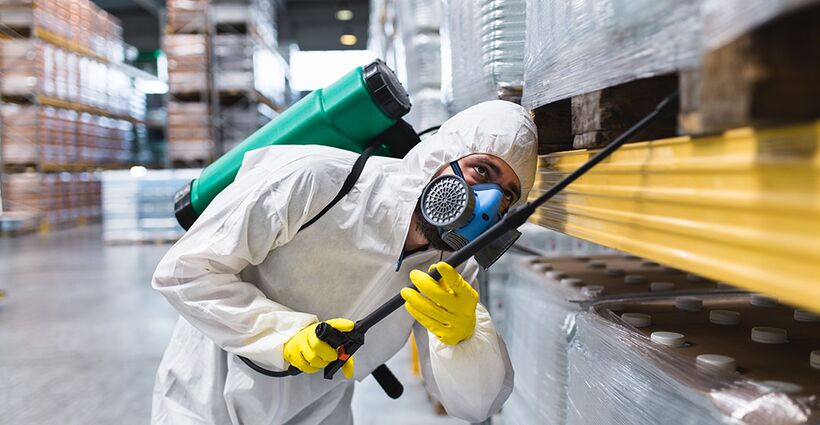Safe and Reputable Bug Control for Lasting Security
Efficient insect administration requires a complex strategy that stabilizes ecological stability with the need for effective bug suppression. The subtleties of these methods might not be instantly clear, prompting a more detailed exam of the techniques that can lead to sustainable parasite control end results.
Comprehending Insect Control Techniques
Parasite control encompasses a selection of techniques targeted at handling and eradicating unwanted bugs and rats that can endanger both health and wellness and home. Understanding these techniques is essential for effective pest administration.
The primary groups of insect control techniques include mechanical, biological, and chemical strategies. Mechanical methods entail physical barriers and catches to avoid pest access and capture undesirable species. Utilizing displays on windows or employing sticky traps can considerably lower bug populaces without presenting unsafe materials - exterminator coquitlam.

Chemical bug control is typically the most identified method, making use of pesticides to eliminate pests. These chemicals can be effective however have to be utilized with caution to prevent damaging results on non-target varieties and the atmosphere.
Advantages of Eco-Friendly Solutions
Exactly how can environment-friendly solutions change bug control methods? The fostering of environmentally friendly pest control approaches uses countless advantages, dramatically boosting the performance and security of bug monitoring.

Another advantage is the positive effect on local biodiversity. Green services are created to target specific insects while maintaining beneficial bugs and wild animals, advertising a balanced ecological community. This approach straightens with the growing consumer need for lasting methods, boosting the reputation of insect control suppliers.
Integrated Parasite Monitoring Strategies
The implementation of environment-friendly remedies normally causes the fostering of Integrated Bug Administration (IPM) methods, which even more boost insect control efficacy. IPM is an all natural approach that integrates several methods to handle bug populaces while minimizing ecological effect. This approach emphasizes the use of organic, social, mechanical, and chemical controls, making certain a well balanced and sustainable technique of pest management.
One essential element of IPM is the complete analysis of insect activity and ecological conditions. By keeping an eye on insect populaces and identifying their life cycles, experts can apply targeted treatments that interfere with the parasite's environment or lifecycle, reducing reliance on chemical pesticides. Furthermore, social techniques such as plant turning and environment adjustment can dramatically reduce bug establishment and recreation.
Another vital component is making use of organic control agents, such as helpful pests or microbes, which can normally subdue parasite populations. When chemical applications are needed, IPM focuses on the usage of low-risk pesticides and applies them uniquely, reducing direct exposure to non-target organisms and human beings.
Integrating IPM approaches not only improves parasite control performance however additionally advertises a much safer ecosystem, lining up with the expanding demand for sustainable methods in pest management.
Safe Practices for Homeowners
Recognizing the importance of secure techniques in parasite control can empower home owners to successfully manage insect problems while safeguarding their health and the environment. Executing non-toxic approaches and safety nets is important in minimizing direct exposure to dangerous chemicals.
Homeowners ought to initially analyze their environment for problems that draw in insects, such as standing food, water, and clutter waste. Consistently cleaning and securing access points can prevent bugs from attacking the home. Using all-natural deterrents, such as essential oils or diatomaceous earth, can give reliable options to chemical pesticides.
When chemical therapies are essential, house owners should decide for products that are particularly identified as safe for click for more household usage. It is necessary to follow application guidelines carefully to stay clear of too much exposure. Furthermore, utilizing targeted treatments in areas where parasites are identified, rather than blanket spraying, can considerably decrease chemical usage.
Finally, maintaining open communication with parasite control professionals is crucial. Property owners need to make inquiries concerning the security of products made use of and demand eco-friendly choices whenever possible. By taking on these secure methods, house owners can develop a much healthier living environment while properly taking care of parasite issues.

Tips for Long-Term Defense
Developing a parasite monitoring strategy that stresses lasting defense can significantly improve the effectiveness of the risk-free techniques previously reviewed. To accomplish this, house owners ought to apply routine evaluations of their residential or commercial property, concentrating on concealed locations such as attic rooms, cellars, and crawl spaces. Early detection of pest task is critical in stopping problems from holding.
Additionally, maintaining a tidy setting is crucial. This includes appropriate food storage space, without delay cleaning spills, and regularly getting rid of garbage. These practices decrease attractants that draw pests right into the home. Sealing access factors, such as fractures around windows and doors, can effectively block possible bug access.
Landscape design should likewise be thought about; keeping plants cut and preserving a distance between plants and the home decreases hiding spots for parasites. Utilizing all-natural deterrents, such as vital oils or diatomaceous planet, can better discourage problems without resorting to rough chemicals.
Finally, teaming up with a professional pest control solution for regular evaluations can offer an additional layer of safety and security. These specialists can provide customized suggestions and advanced treatments, guaranteeing that your home stays secured against insects in the long-term.
Conclusion
To conclude, reliable and risk-free insect control needs a multifaceted approach that emphasizes eco-friendly methods and integrated insect management. By executing natural try this out deterrents, performing regular inspections, and maintaining proper hygiene, homeowner can dramatically decrease bug populaces while securing valuable insects and the atmosphere. Cooperation with specialist insect control services boosts the efficiency of these methods, making certain customized services that give lasting security and comfort versus future problems.
Efficient insect monitoring needs a complex method that stabilizes eco-friendly integrity with the demand for efficient parasite reductions. The fostering of environment-friendly pest control techniques provides many advantages, substantially enhancing the efficiency and safety of bug monitoring.The execution top article of green options normally leads to the fostering of Integrated Parasite Monitoring (IPM) approaches, which further improve pest control efficacy. exterminator coquitlam. By keeping track of pest populaces and determining their life cycles, experts can carry out targeted treatments that interrupt the bug's environment or lifecycle, minimizing reliance on chemical pesticides.In verdict, dependable and risk-free bug control requires a complex approach that highlights green methods and integrated bug administration